Stamps seem to be straightforward art supplies: apply some paint or ink, press onto a surface, and you get an image. But how mixed-media artists use stamps is anything but basic. Stamping in mixed-media art is more than just pressing an inked pattern onto a substrate; it's an art form that adds layers of complexity and sentiments. Read on to explore the art of stamping alongside tips and techniques.
Stamping in Mixed-Media Art
Stamping involves using pre-designed stamps or creating custom ones to leave impressions on a substrate, often building intricate patterns or textures. While this technique has its roots in traditional crafting, its integration into mixed-media art opens up a world of possibilities. Stamping in mixed-media art combines stamped images with other mediums, such as paints, stencils, and collages, to create a rich and multifaceted composition.
At its core, stamping resembles a poetic act. The choice of a stamp, be it a vintage image, a phrase, or an intricate pattern, becomes your poetic expression. Such stamps allow you to convey a broad emotional spectrum, from joy and love to introspection and melancholy. Pressing these sentiments onto the canvas, in turn, forms a poetic composition that resonates with your innermost feelings.
CAT KERR⎟ SOMERSET STUDIO NOV/DEC 2018
Infusing Sentiments with Stamps
Stamping is not merely about the visual impact; it's about guiding viewers through an emotional journey. To achieve this, you strategically place stamps to create focal points or to lead the eye through a narrative arc within the artwork. Whether it's a series of stamps that tell a story or a single poignant phrase, stamping turns the artwork into an intimate conversation between you and observers.
Choosing the Right Stamps
The first step in infusing sentiments into your mixed-media art is the thoughtful selection of stamps. Stamps come in various designs, from poignant quotes to intricate patterns and whimsical illustrations. Consider the theme or emotion you want to convey in your artwork and choose stamps that align with that. If, for instance, you aim for a nostalgic feel, vintage-themed stamps or old photographs might be fitting.
Layering and Depth
One of the strengths of stamping in mixed-media is its ability to create layers and depth within a piece. Try layering stamped images on top of each other or combining them with elements like stencils and textures. This layering adds complexity to your artwork.
JANE BELLANTE⎟ SOMERSET STUDIO AUTUMN 2023
Quotes and Text
A powerful way to articulate emotions is to use stamps that feature meaningful quotes, phrases, or words. Whether it's a line from your favorite poem, a personal mantra, or a thought-provoking statement, the inclusion of text adds a layer of verbal expression to complement the visual sentiments in your piece.
Color Palette and Mood
Colors are instrumental in setting the mood and heightening the emotional impact of your mixed-media art, so consider how different hues can evoke specific emotions. Cool colors like green and blue convey calmness and tranquility, whereas warm colors like orange and red often evoke passion and energy. Experiment with your color palette to enrich the sentiments you want to express.
Adding Texture
Texture is another element that contributes to the emotional impact of your work. Incorporating textured surfaces alongside stamped images can evoke a tactile response from viewers. Consider using various mediums such as modeling paste, gel mediums, or textured papers to add dimension to your artwork.
Personal Storytelling
Storytelling is one of the most compelling aspects of mixed-media art. Combining stamps with other mixed-media elements, you can weave narratives that resonate with your emotions and personal experiences. Use stamps to capture specific moments, symbols, or objects that hold sentimental value.
Balancing Chaos and Harmony
Mixed-media art often thrives on the delicate balance between chaos and harmony. The combination of various elements can create a dynamic and visually intriguing composition. Experiment with different orientations, sizes, and placement of stamps to find a balance that resonates with the sentiments you want to convey. This interplay between order and randomness helps add depth to your artwork.
CONNIE MERCER⎟ SOMERSET STUDIO SUMMER 2022
Artwork Tutorial: Masterpiece
by Connie Mercer
Stamp a large paintbrush onto the card with black ink. Apply three colors of Distress Oxide inks to a craft mat, spray with water, and run the card through the colors separately. Stamp the paintbrush onto cardstock with black ink and cut it out. Color the ends of the brush and handle with Distress Oxide inks. Stamp a sentiment onto cardstock, cut it out, and adhere this, along with the paintbrush, to the card. Punch a hole in the handle of the paintbrush, and add a string. Splatter gray paint onto the card.
Find more art tutorials with stamps in Somerset Studio magazine.
LYNNE MONCRIEFF⎟ SOMERSET STUDIO SPRING 2023
Essential Stamping Tips
1. Experiment with Different Inks
The type of ink you choose can significantly impact the outcome of your stamped images. Test out various inks, including dye-based, pigment-based, and archival inks. Consider the drying time, opacity, and compatibility with different surfaces to find the perfect ink for your mixed-media projects.
2. Prepare Your Surface
Before diving into stamping, remember to prepare your chosen surface. Gessoing your canvas or paper provides a smooth and primed surface, allowing the ink to adhere better and preventing it from soaking into the material. This preparation enhances the vibrancy of your stamped images.
3. Practice on Scrap Paper
Like any art form, stamping benefits from practice. Use scrap paper to test different stamping techniques, ink combinations, and pressure levels. Not only does practicing on scrap paper help you refine your skills, but it also allows you to familiarize yourself with the behavior of different stamps and inks.
4. Use a Stamp Positioner
A stamp positioner, such as the Misti or a homemade version, can be a game-changer in achieving precise and repeatable stamped images. This tool allows you to stamp in the same position multiple times, perfect for layering and creating intricate designs in your mixed-media pieces.
5. Apply Masking Technique
Masking is a valuable technique in mixed-media art that involves covering parts of your surface to protect them from the stamped image. This technique allows you to layer stamps without overlapping, creating a sense of depth and complexity in your artwork.
Learn how to elevate your mixed-media art with stamps through examples and step-by-step instructions in Somerset Studio magazine.
Read more
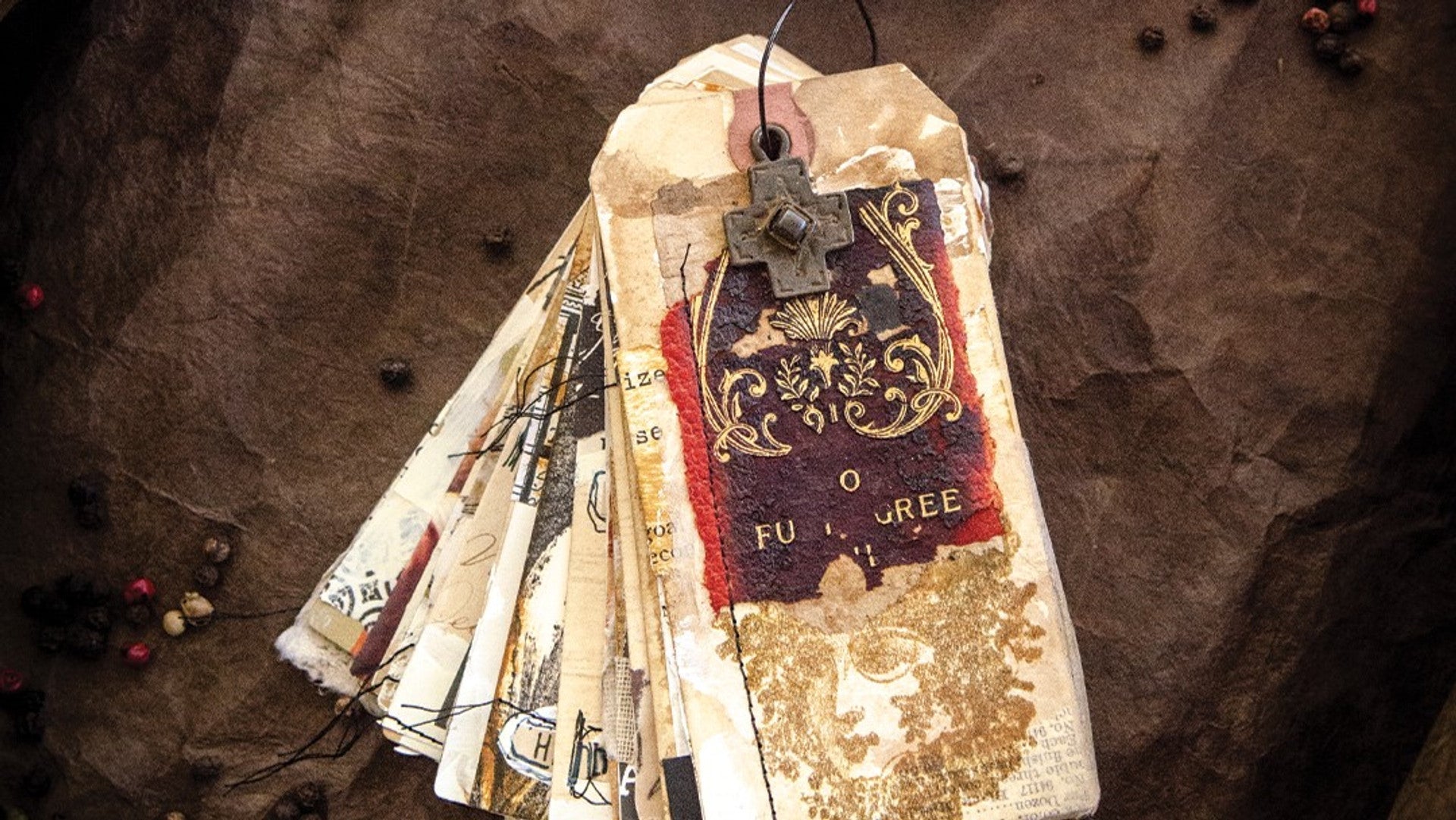
Traditionally, tags were thought of as a simple, mundane office supply, used to relay information and nothing more. Thanks to the mixed-media community, tags have become a beloved art supply, providing limitless possibilities b...

"The self expands through acts of self-forgetfulness." – Mihály Csíkszentmihályi. At some point, most of us have experienced the creative flow state, wherein we're so engaged in the moment that we lose track of time. This state...


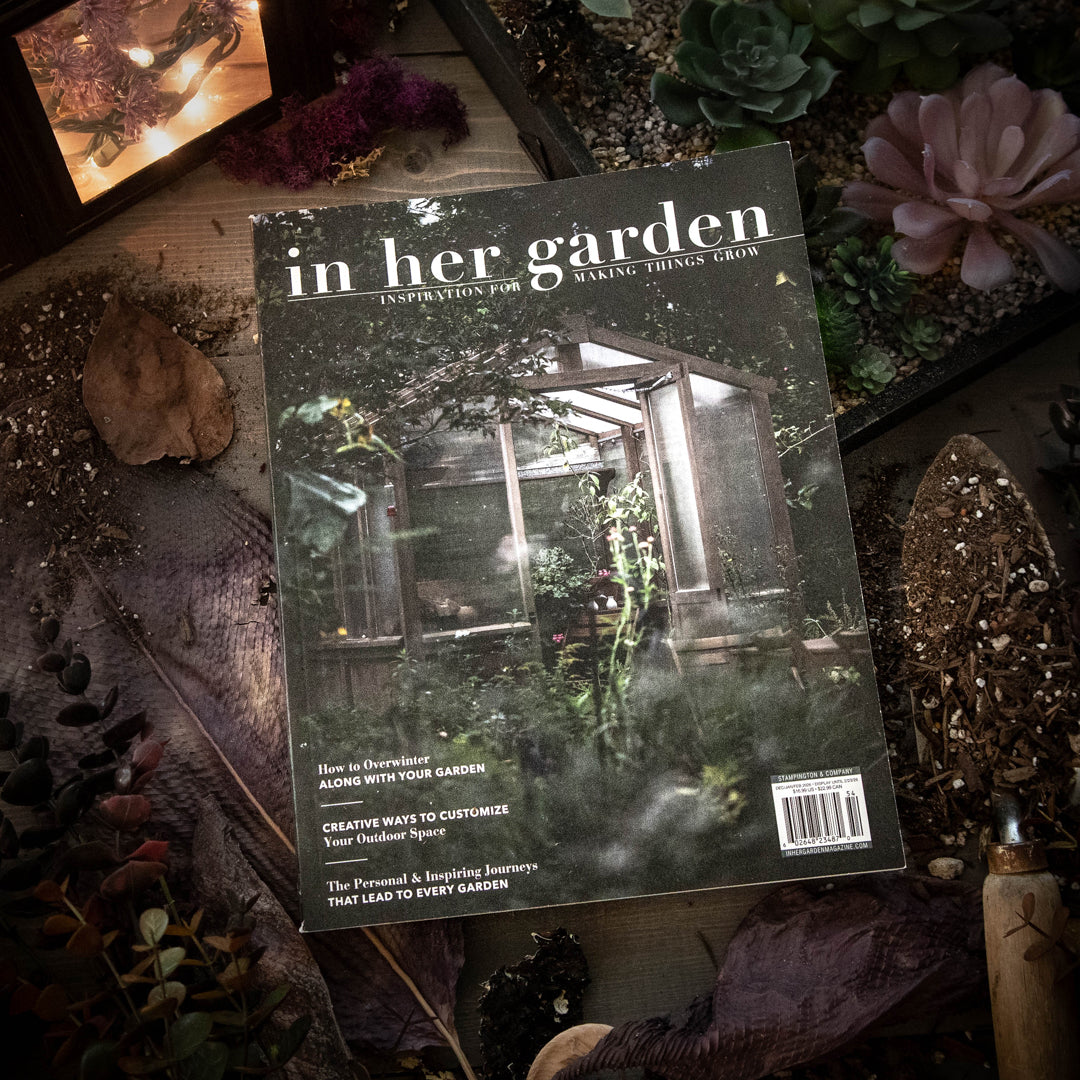
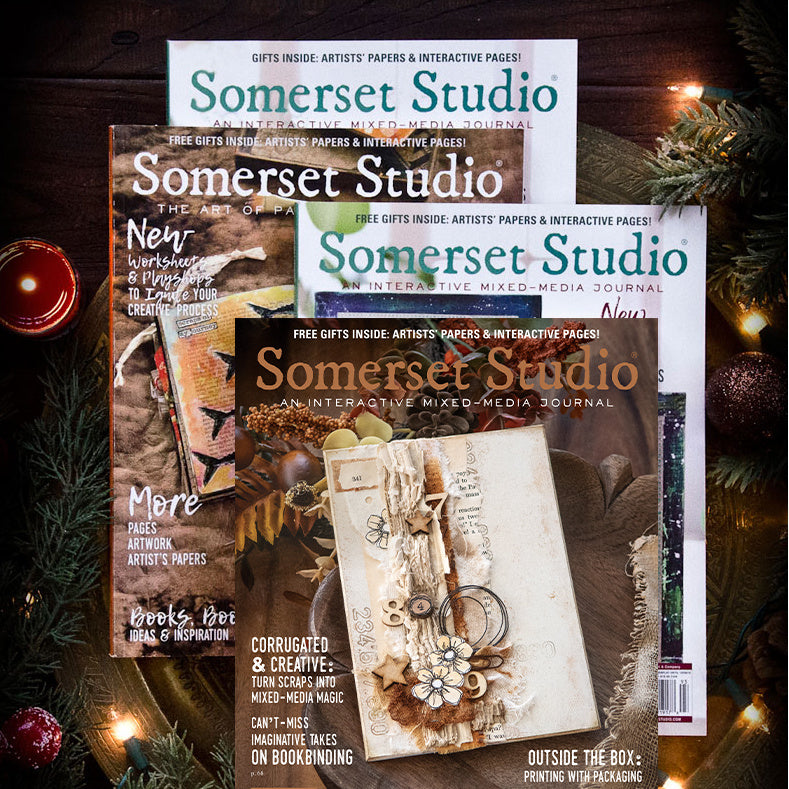
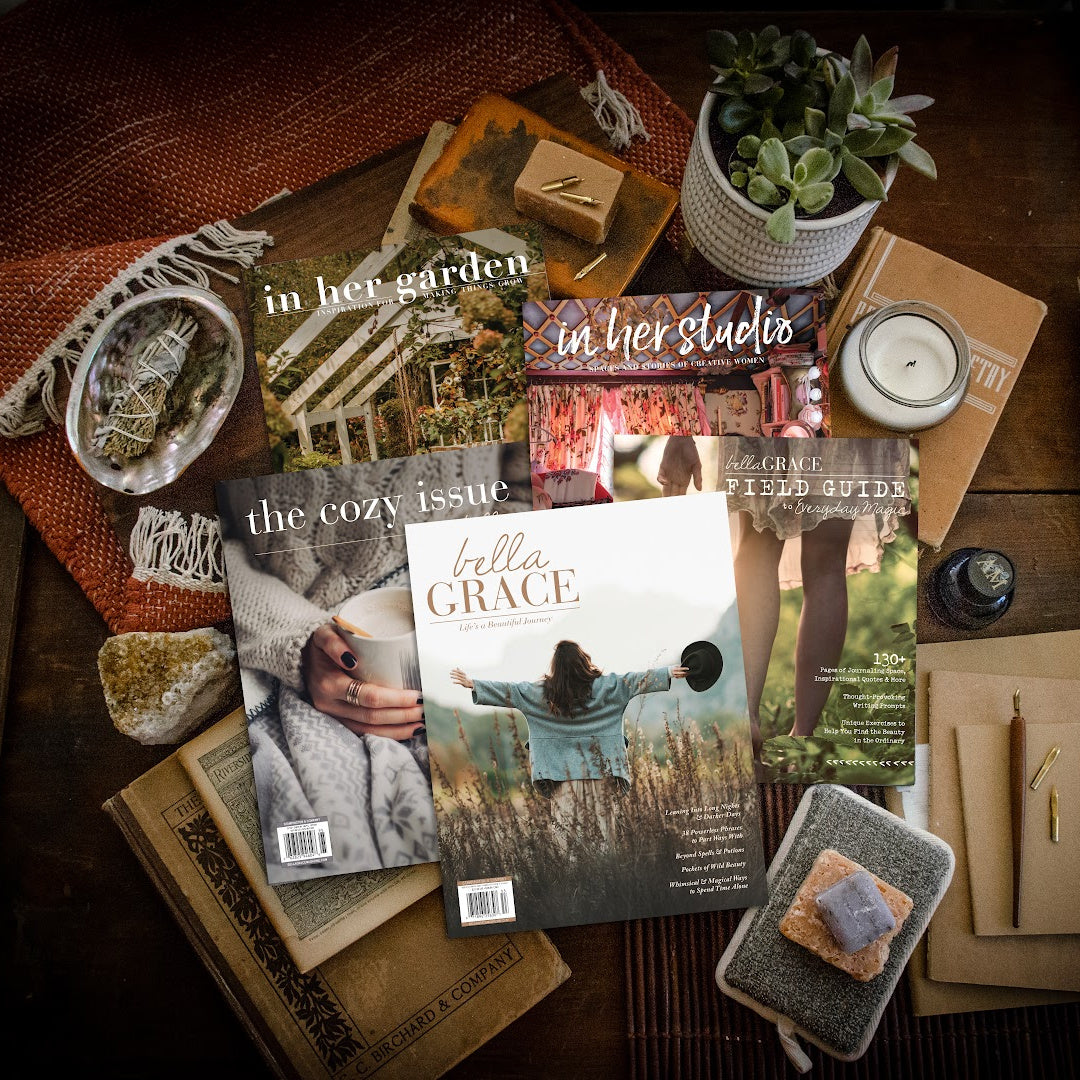
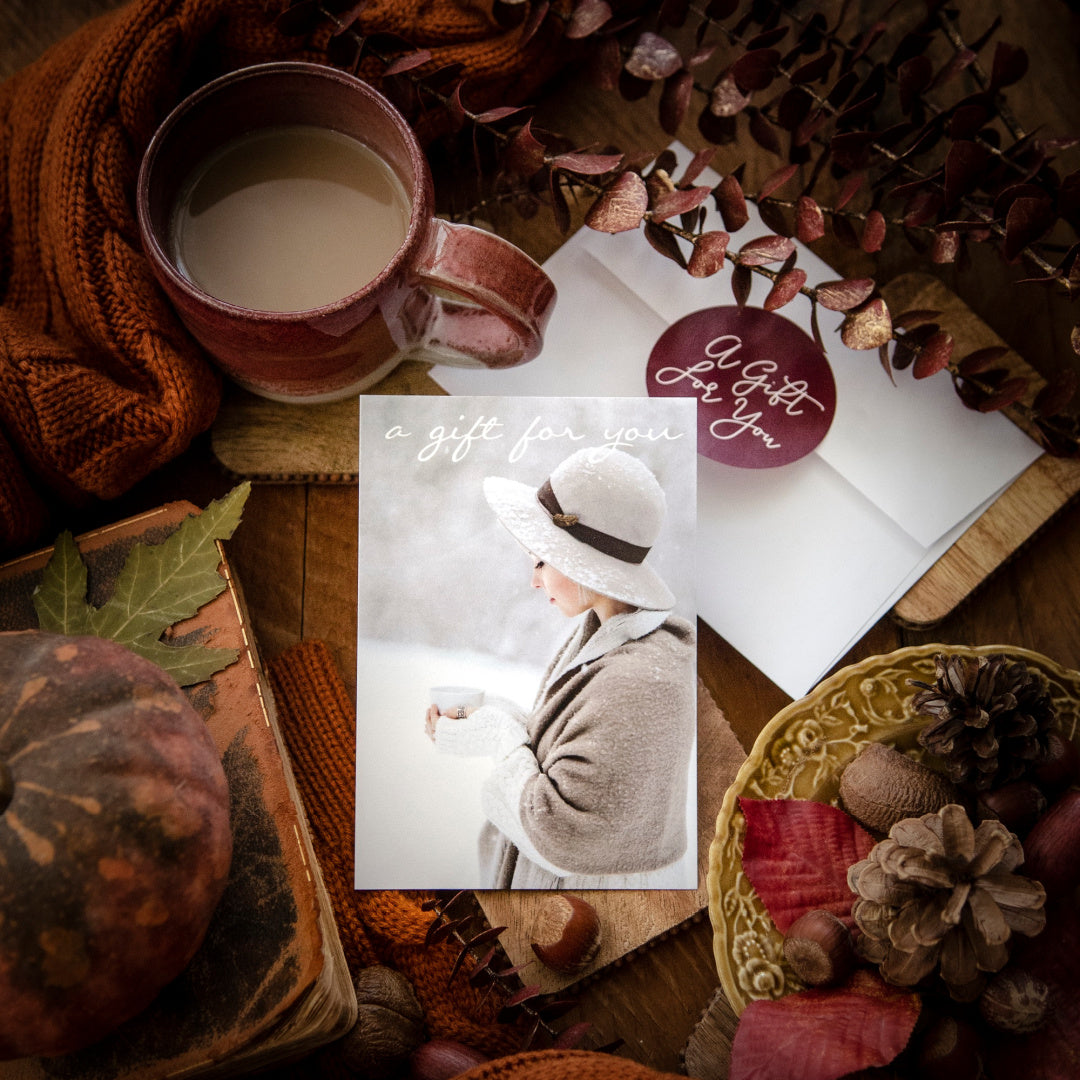
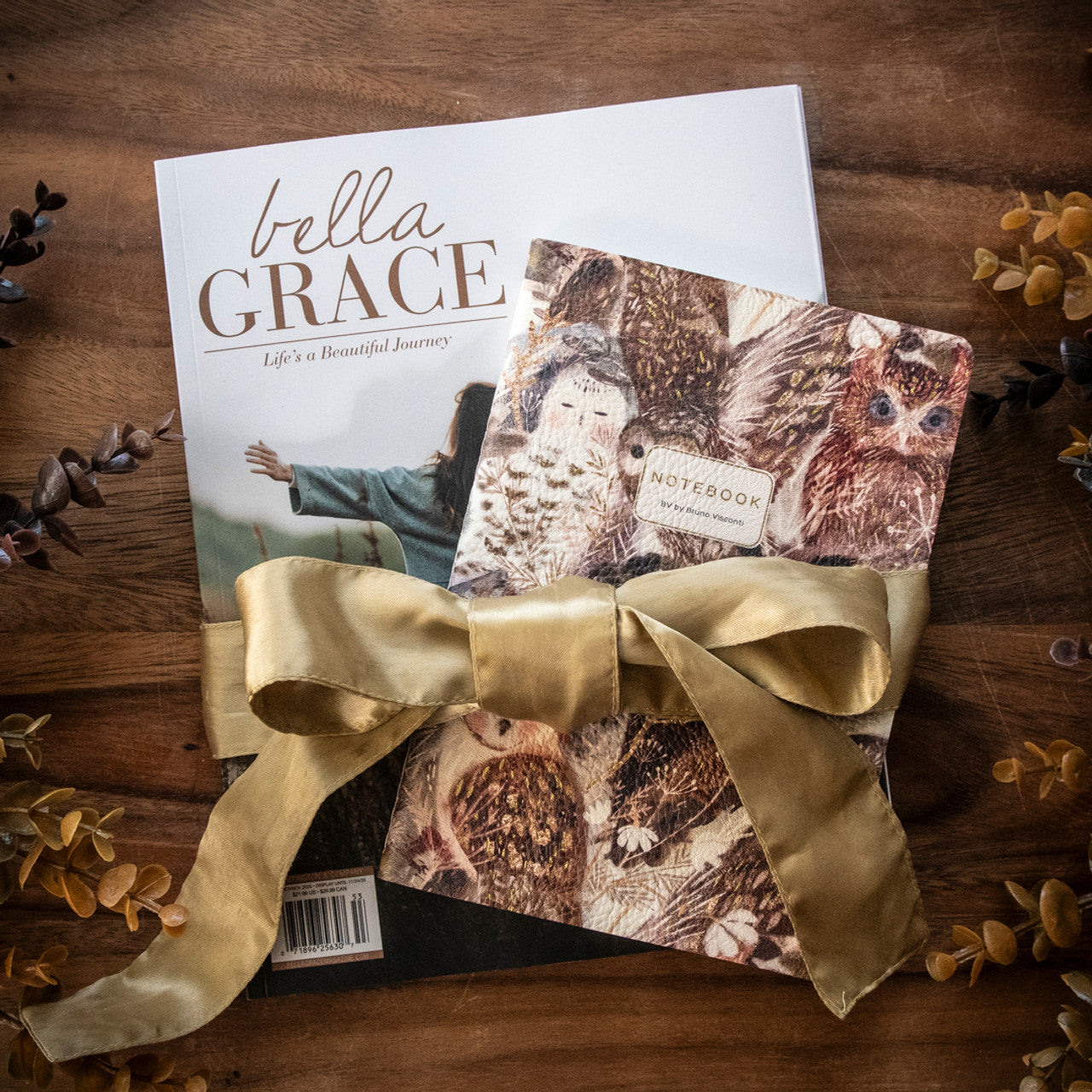
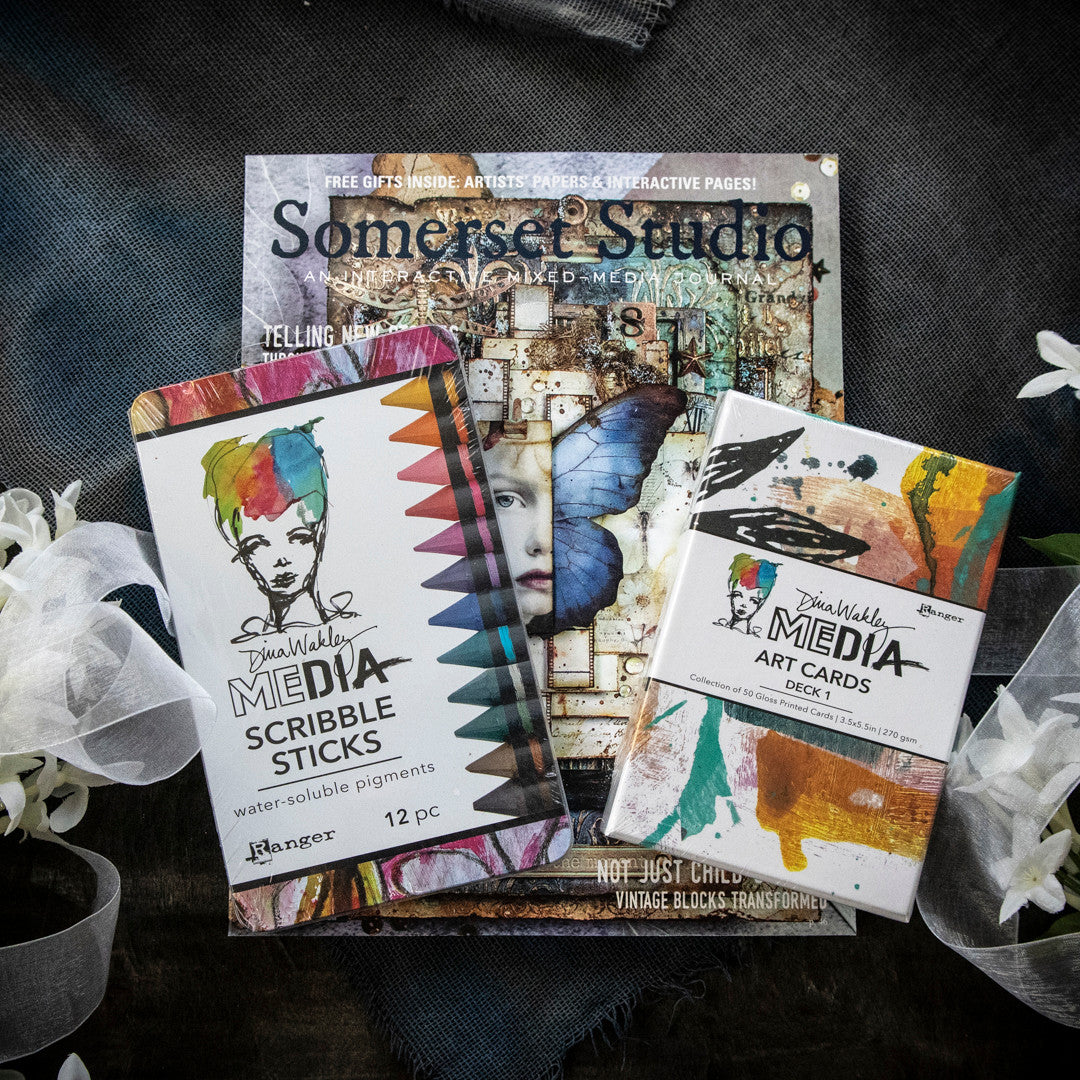
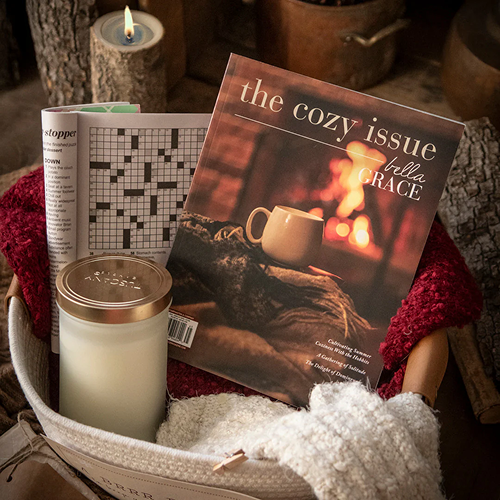
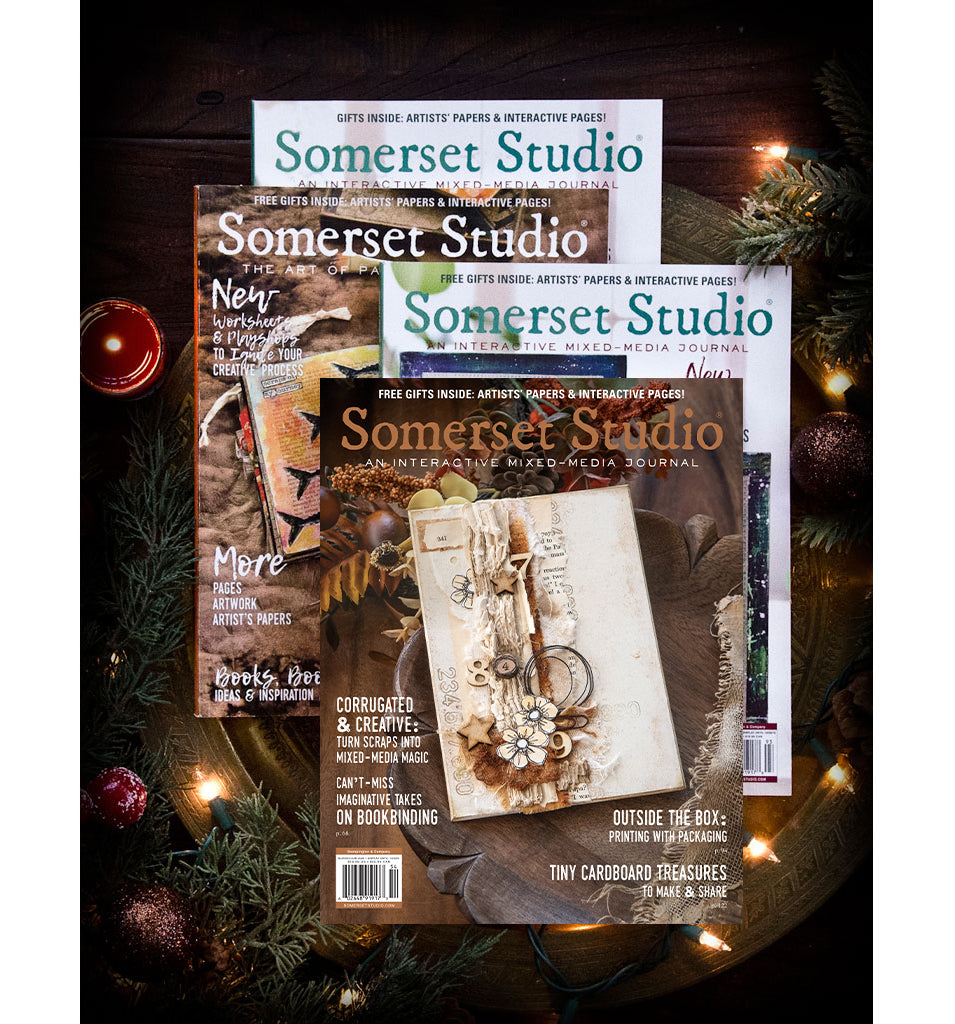
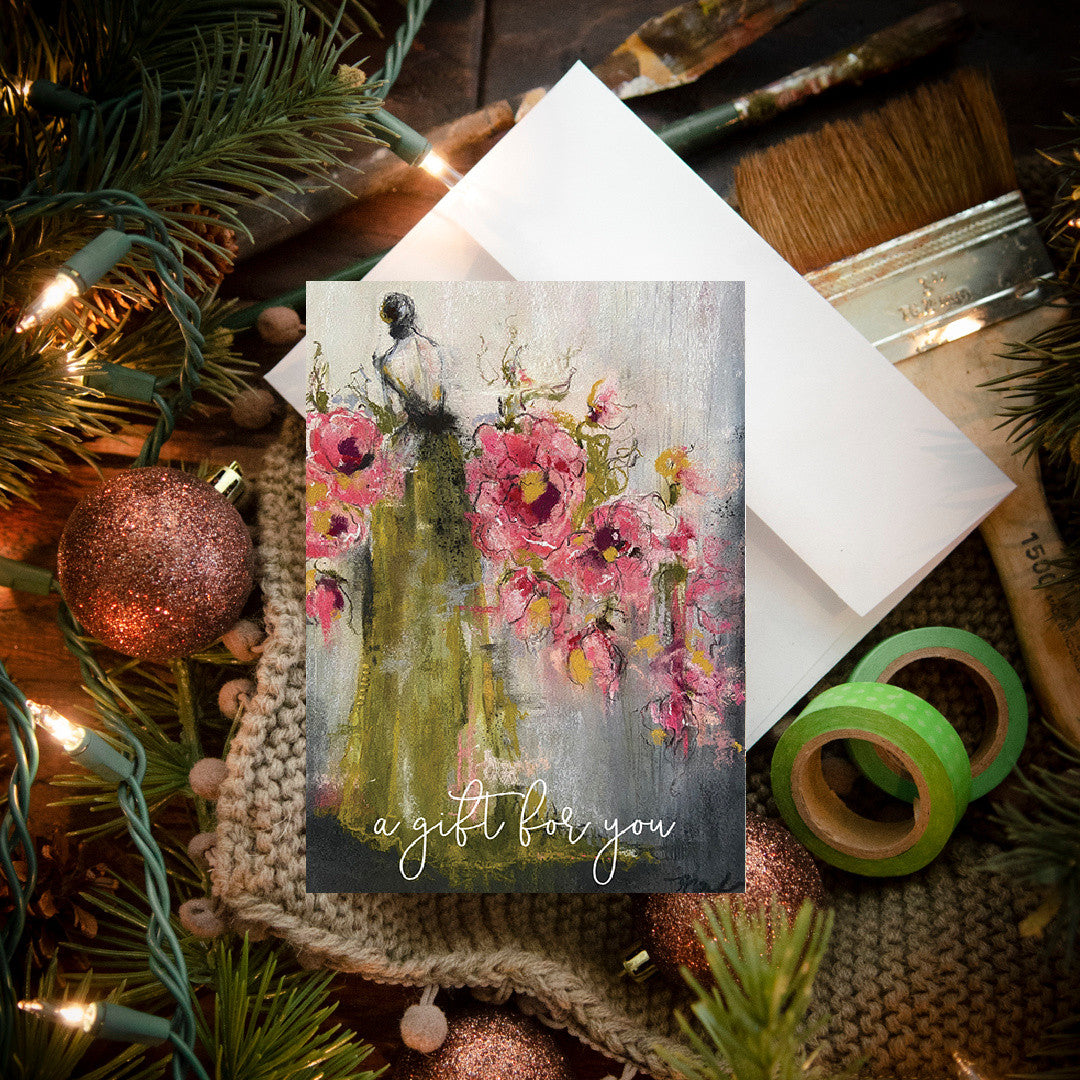
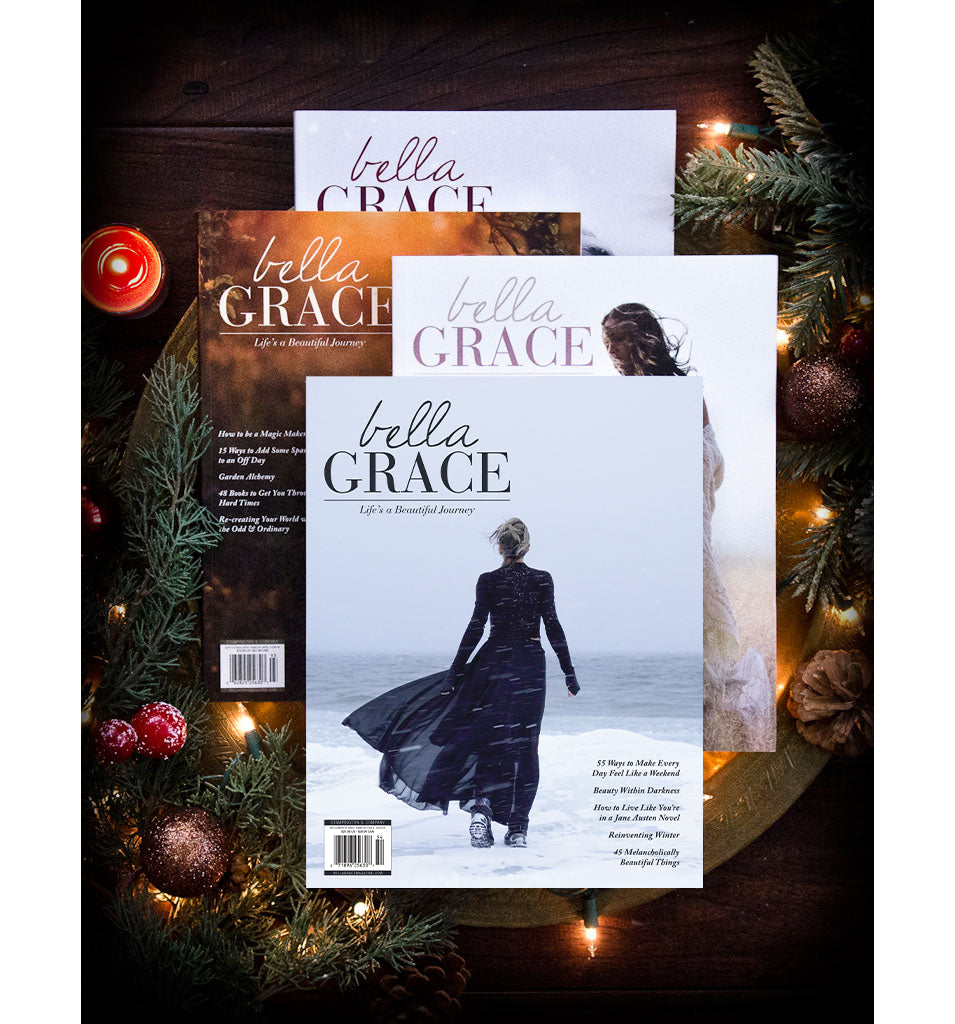
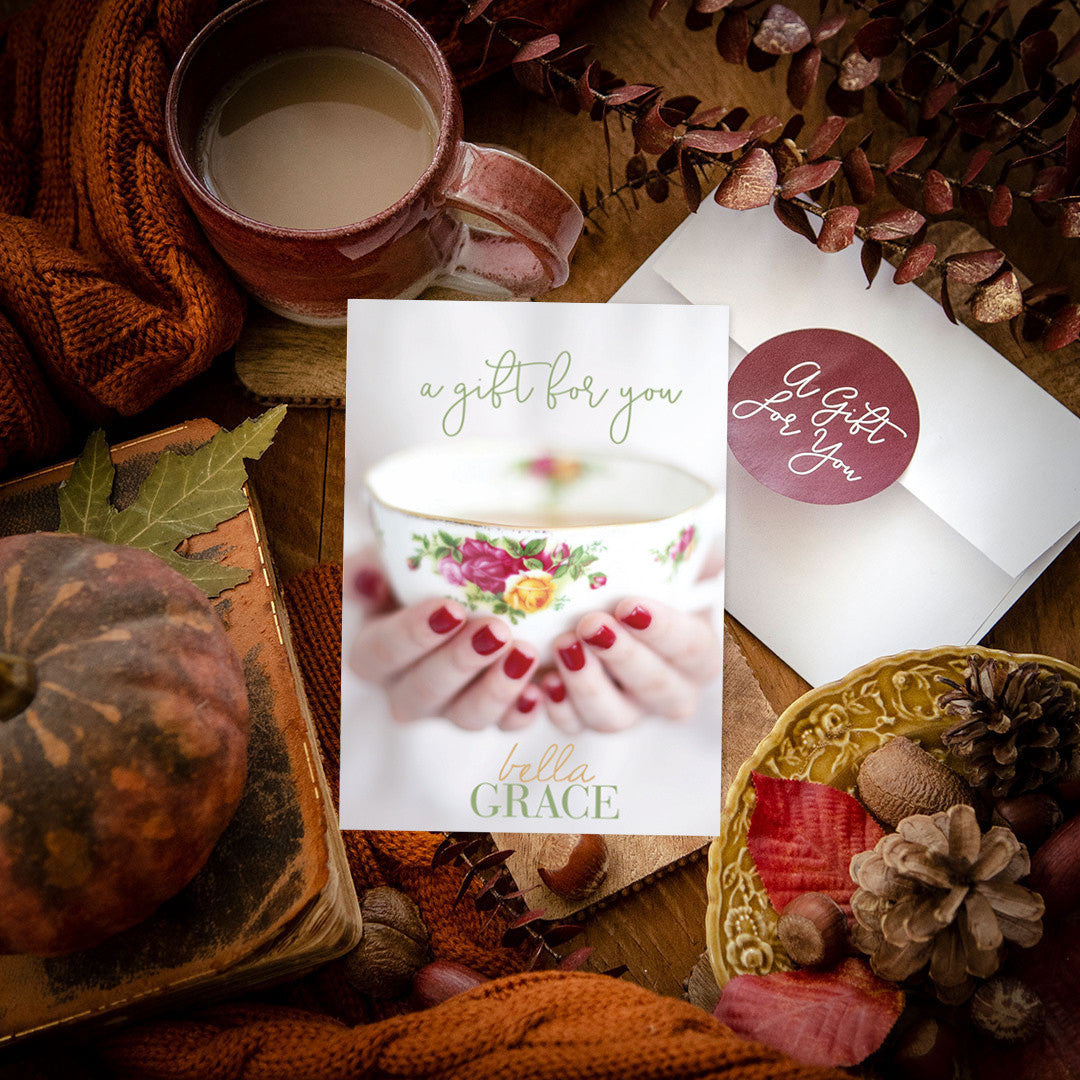
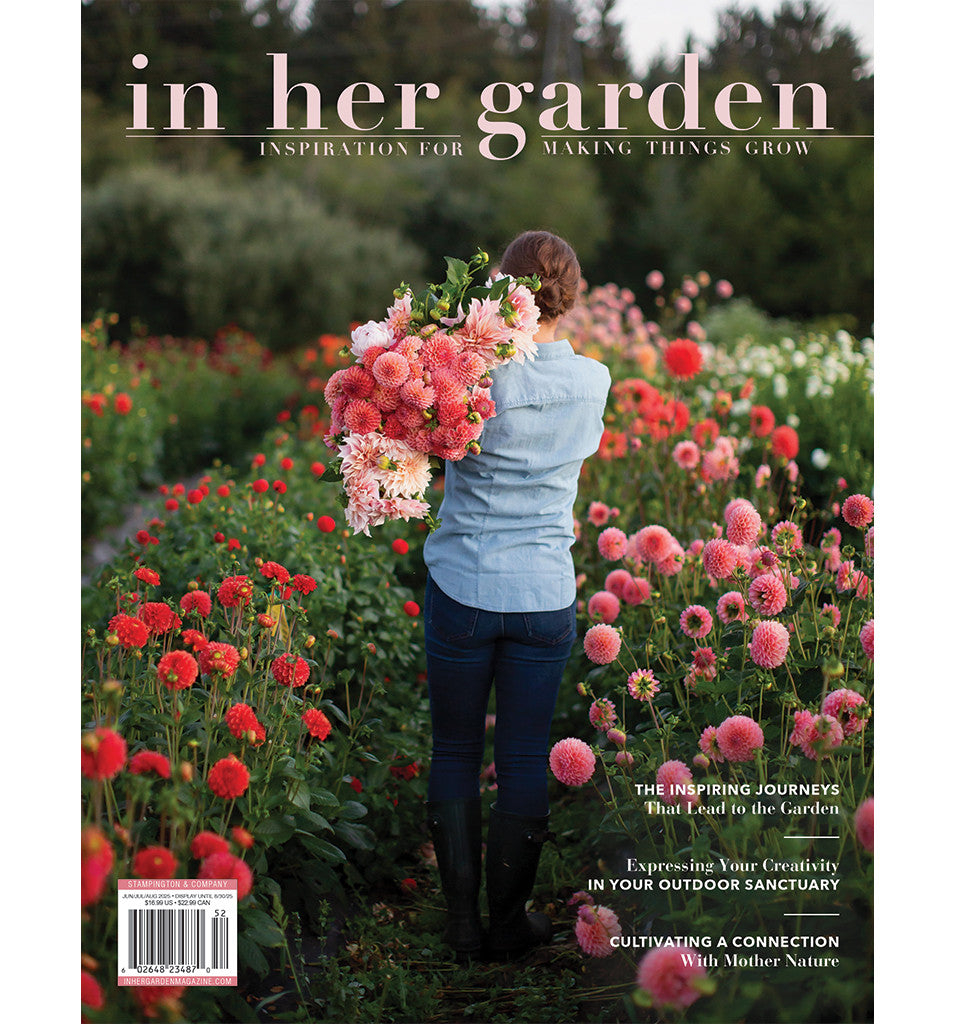

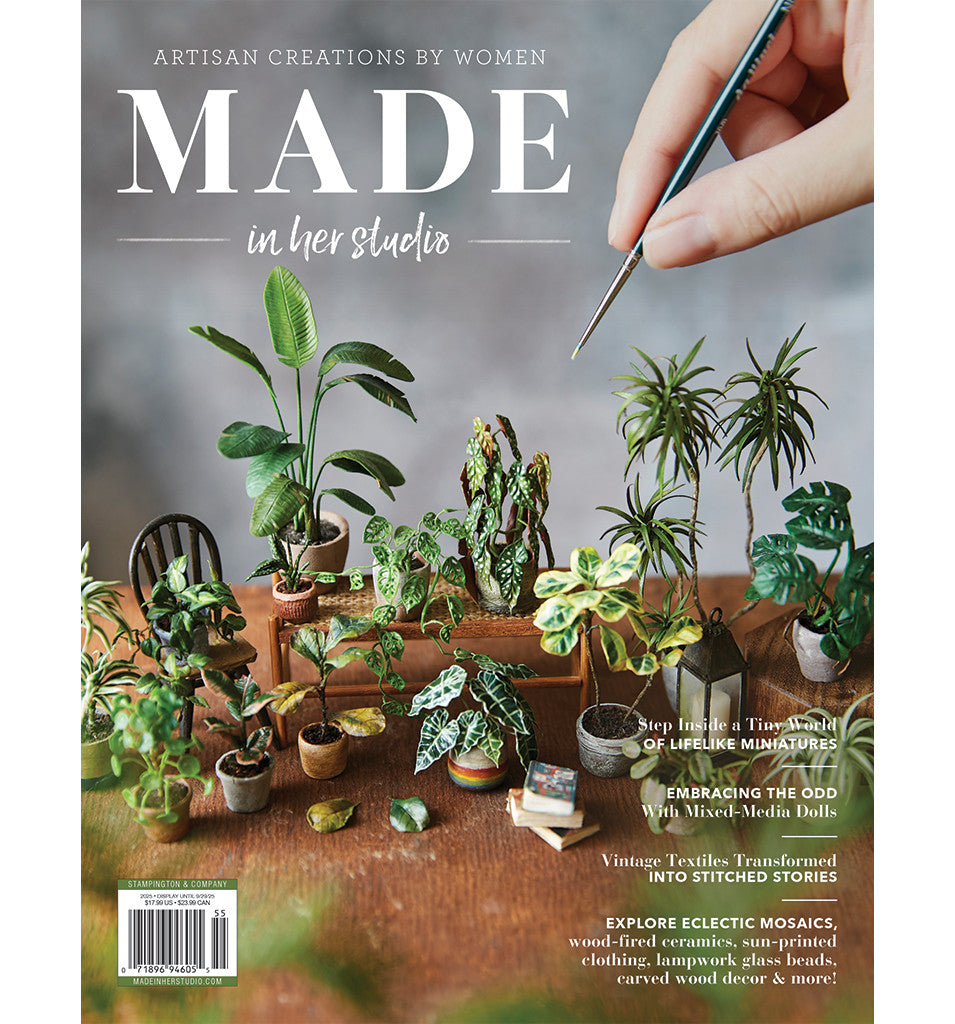
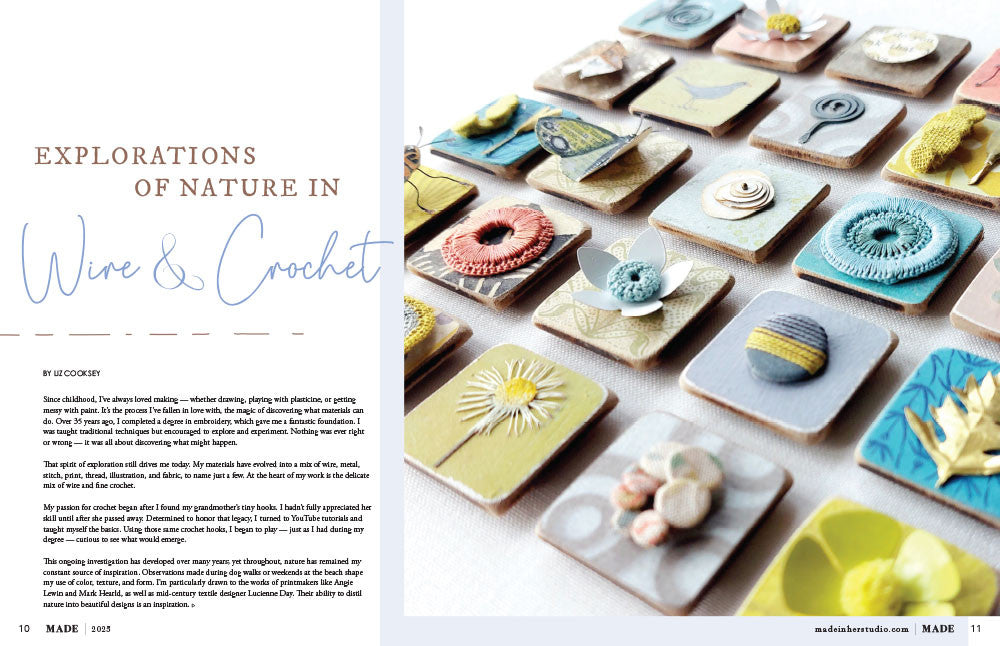
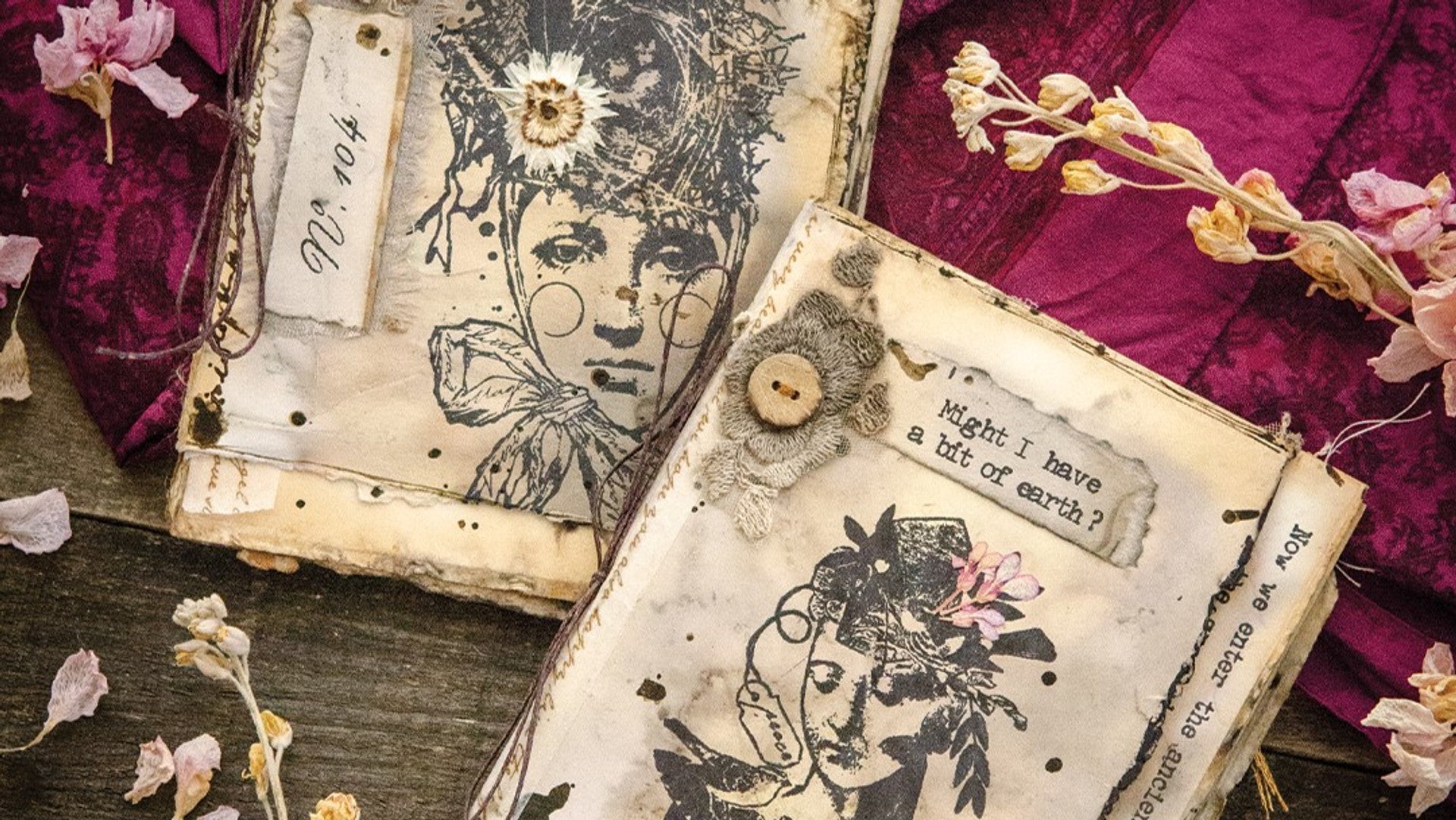





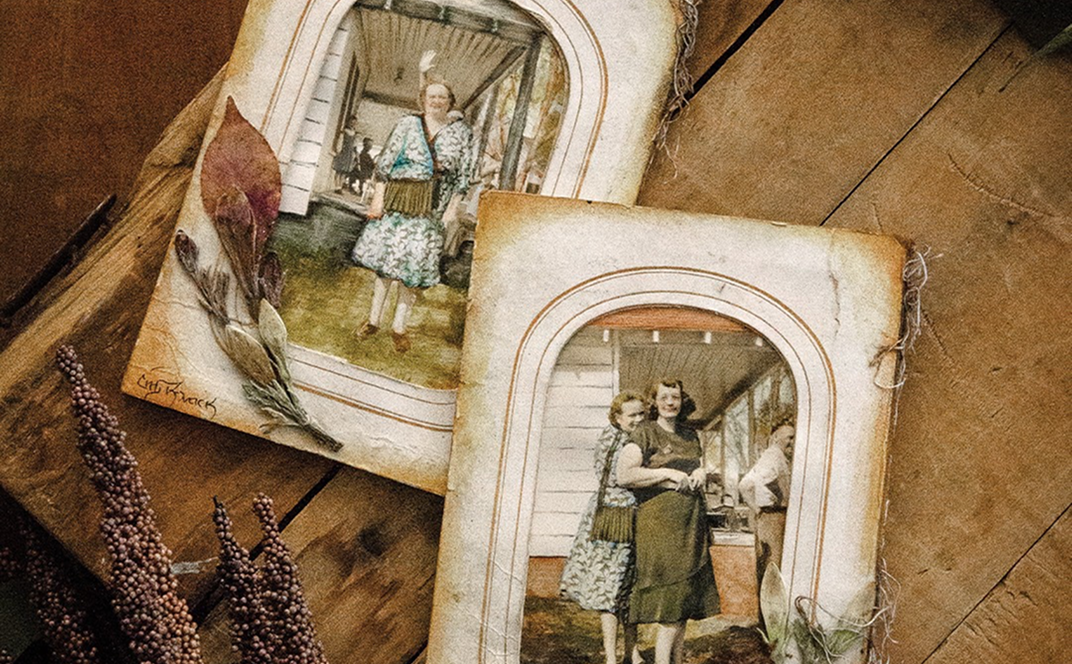
Leave a comment
All comments are moderated before being published.
This site is protected by hCaptcha and the hCaptcha Privacy Policy and Terms of Service apply.